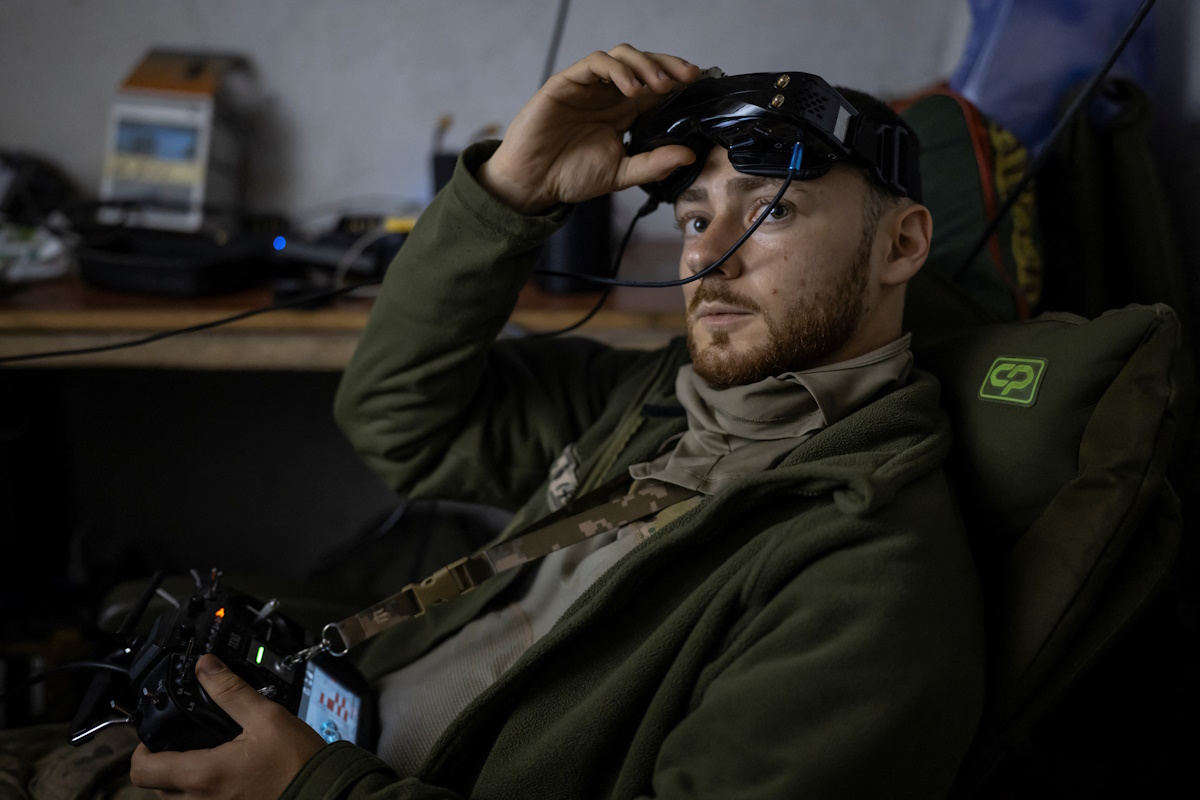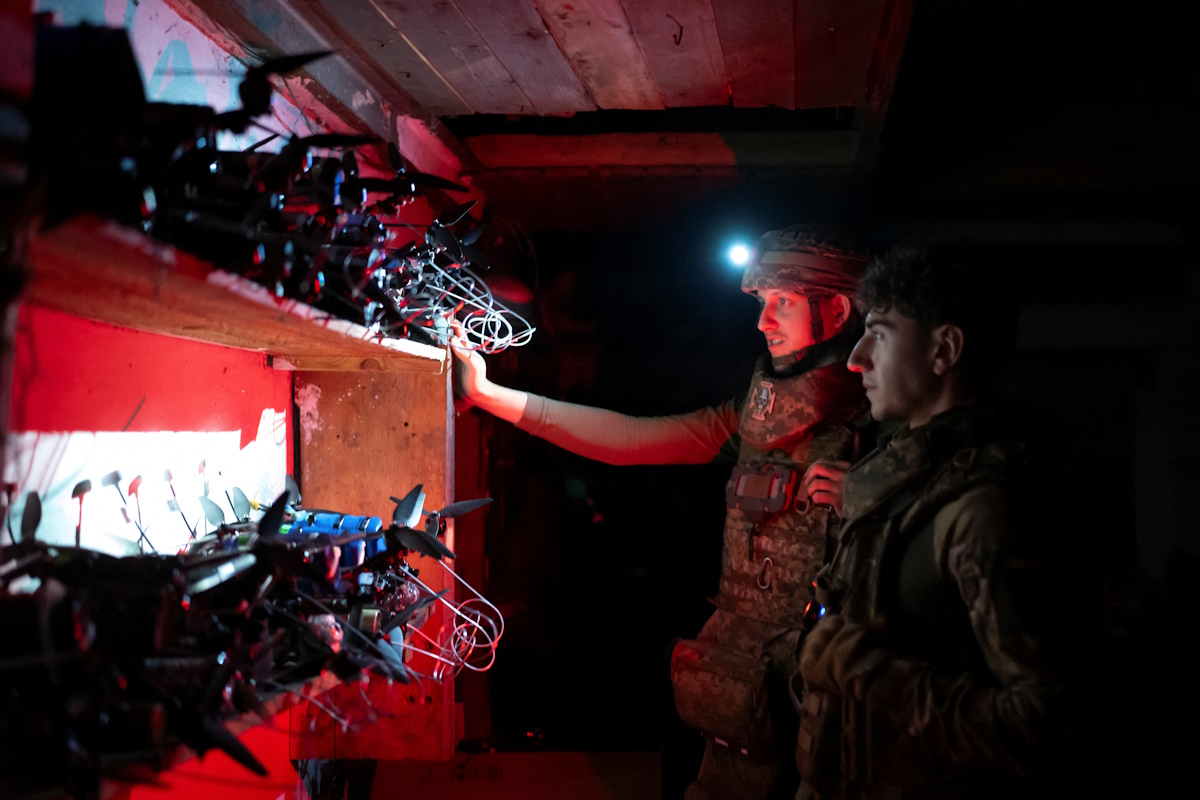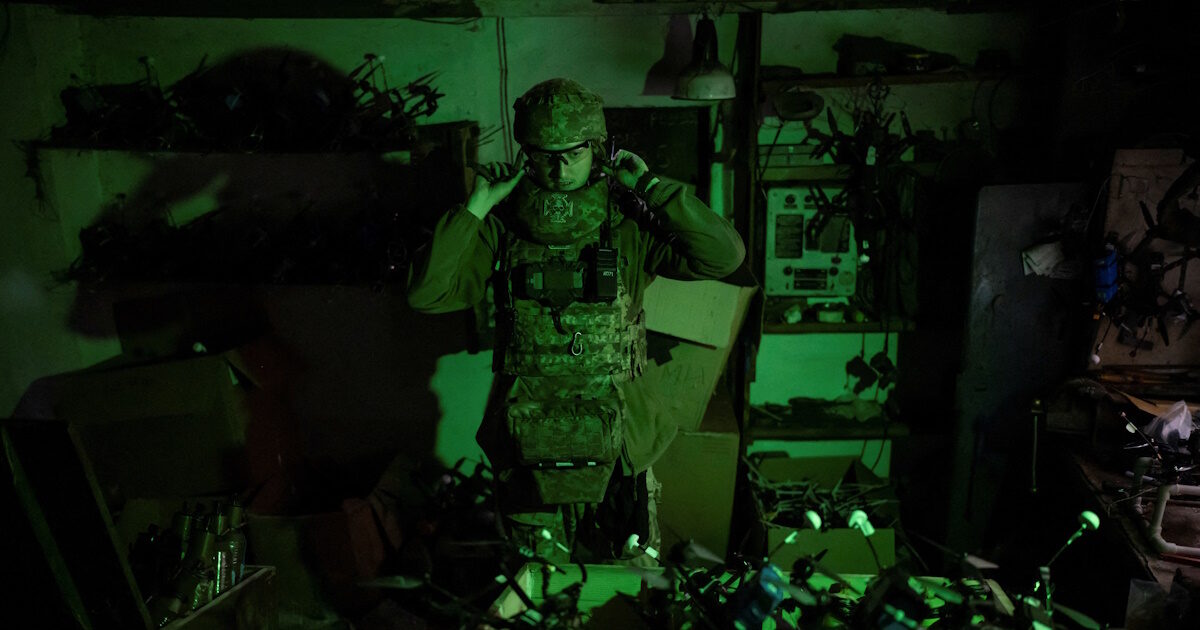OR Russia has ‘launched’ production rates droneswhich has increased by 16.9% in May compared to the previous month, as drones are escalating against Ukraine. Since only in June, Russia launched nearly 3,000 shaped -made, Iranian -made drones, aimed at Ukraine, as Volodimir Zelenski argued.
Although most of these are rejected by Ukrainian anti -aircraft defense, their launch by hundreds makes it difficult to stop them, say Ukrainian soldiers.
For its war needs, Russia has so far introduced thousands of drones from Iran, but now, due to Tehran’s collision with Israel, Moscow is forced to significantly increase its own, capacity on unmanned aircraft.
“In need of labor force, Russian war factories attract Africans with vocational training and good earnings, without mentioning the nature of jobs waiting for them,” writes French Le Monde.
«Russian drones are assembled by African handsmainly from Uganda, Mali, Cameroon, Sierra Leone, Botswana, Zimbabwe and Uganda, “says Le Monde, Confirming what had revealed African prisoner of war in Ukraine.

Fiber optic drones
In Ukraine, the military is now seriously concerned about Russia’s progress in this area, which seems to be the case for the first time since the beginning of the invasion.
Moscow manufactures drones on a massive scale, thanks to huge programs led by ‘Russians, Iranian and Chinese engineers“Says Maria Berlinska, head of the Aeronautic Recognition Support Center in Kyiv.
According to the Financial Times, the Russia uses optic fibers on a massive scale to build short -range drones against Ukrainian positionswhich are equipped with artificial intelligence tools.
 Ukrainian Soldier – Operator FPV Drone / Reuters / Viacheslav Ratynskyi
Ukrainian Soldier – Operator FPV Drone / Reuters / Viacheslav Ratynskyi
“These drones are capable of ensuring connectivity to fiber optic cables rather than electromagnetic pulses. A detail that is not secondary, as this prevents the possibility of electronics intercept through the Ukrainian army, “as the Financial Times reports.
Ukrainian Army General Alexander Sirski admitted that Moscow has some ‘advantages’ in war with unmanned aircraftin particular ‘In the number and range of ‘optic fiberthe systems of which are difficult to violate.
“Especially on the Pokrvosk-Kramatorsk axis, the heart of Moscow’s advance, Russia uses these drones with a strategic goal of strengthening its warfare, as it targets refueling motorways, Administrative Care – Career And critical infrastructures, with a clear goal of reducing Ukraine’s ability to consolidate its troops on the front, “the British newspaper notes.
In recent weeks, dozens of Ukrainian refueling trucks have been hit by Russian drones on the street. “The growing range of Russian fiber optic drones has also reinforced the threat to large urban centers such as Sumi or Kramatorsk, which not only host tens of thousands of citizens, but also serve as important military forts,” the Financial Times said.
The development of drones has changed the way the fortifications are manufactured. “Today, a drone, especially with fiber optic, can penetrate any shielding“Says General Sirski.
 Ukrainian soldier with FPV Drones on Front / Reuters / Viacheslav Ratynskyi
Ukrainian soldier with FPV Drones on Front / Reuters / Viacheslav Ratynskyi
According to the press officer of the 28th Ukrainian Motor Brigade, In the face of this military revolution the era of military vehicles is over.
The philosophy of war
For two months, “War philosophy has changed”, Ukrainian military. The Russian goal is no longer to occupy positions here and there, but to “demolish” the entire first line, dismantling the supply chain.
The bad thing about Ukraine, which was ahead of the early years of the invasion- is that it is now lagging behind in the production of unmanned aircraft.
According to Maria Berlinska, Kiev is trying to keep up with “cheap and simple technologies”. But the “amateur trims” are not sufficient against the Russian war machine »
Moscow has a “bigger number of young, more modern drones”, but the Ukrainians still believe in victory: as men say in the front line, “our goal is noblest, it is to defend ourselves, it motivates us. Their is just to destroy and kill. “
Source: RES – EIA / Michalis Psilos
